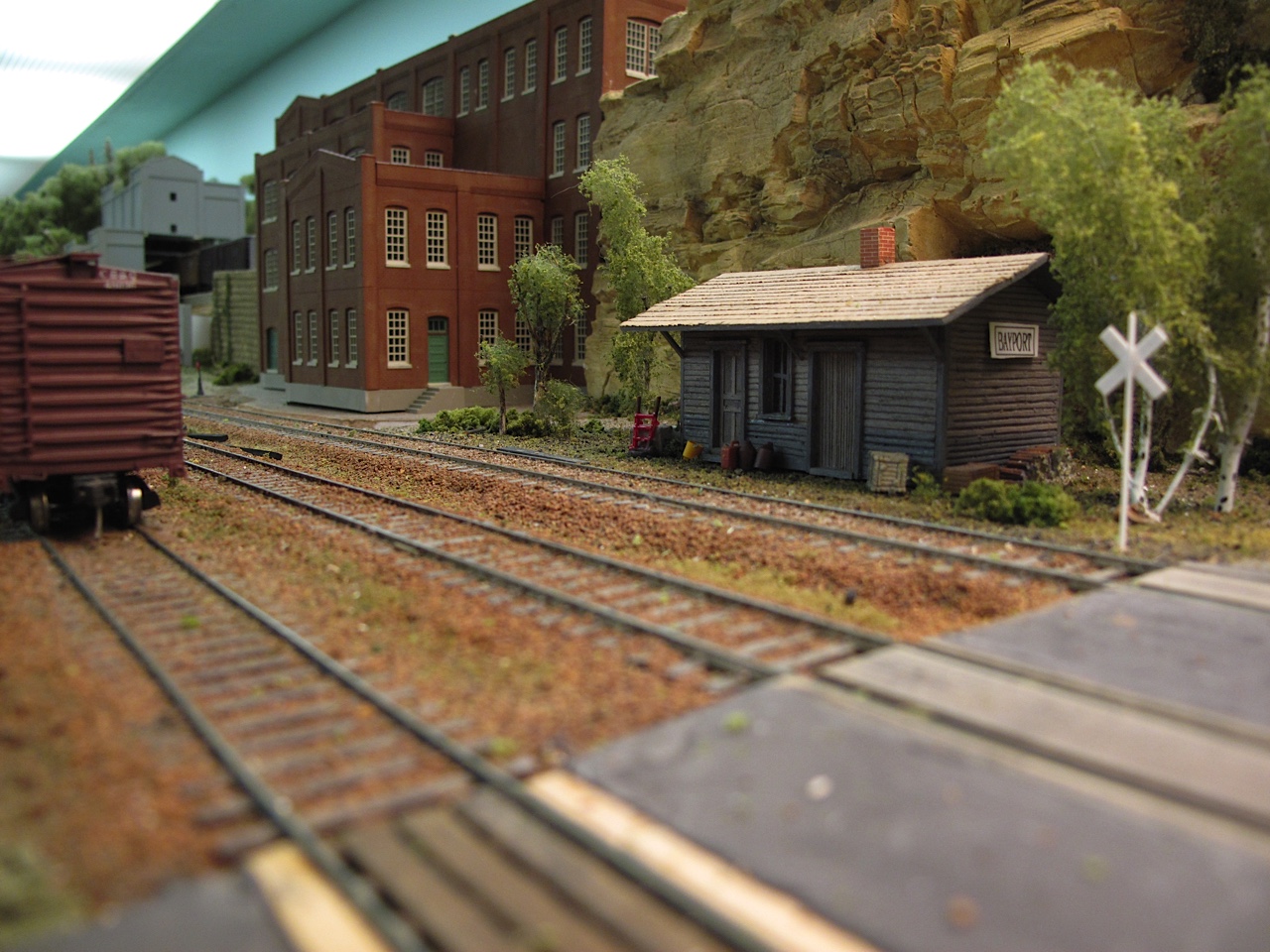
Building and designing your layout is an exciting endeavor. However, one of the most critical aspects of creating a realistic and functional layout is laying the track properly. Whether you’re a seasoned enthusiast or just starting out, these 10 expert tips will guide you through the process and help you achieve a smooth and reliable track for your model trains.
1. Plan Your Layout: Before you even begin laying track, take a step back, and take some time to carefully plan your layout. Consider the space available, the type of trains you’ll be running, and any specific features or themes you want to incorporate. Take this all into account and you will have a cohesive and well-organized design.
2. Use Reliable Track Systems: Invest in high-quality track systems that are compatible with your model trains. Look for tracks that are sturdy, reliable, and easy to assemble. Brands like Atlas, Bachmann, and Peco offer a wide range of options suitable for various scales and budgets.
3. Prepare Your Surface: Make sure that your layout surface is clean, smooth, and level. Remove any dust, debris, or imperfections to create a solid foundation for your track. This will help prevent derailments and create a seamless running experience for your trains.
4. Follow Proper Track Alignment: Pay close attention to track alignment during installation. Use a straightedge or a laser level to confirm your tracks are perfectly straight and parallel. This will prevent any issues with train movement and maintain the overall aesthetics of your layout.
5. Secure Track Joints: To ensure smooth operation, make sure to securely connect the track joints. Use rail joiners or soldering techniques to create strong and reliable connections. Avoid gaps or loose joints that can cause derailments or electrical issues.
6. Ballast for Realistic Effects: Adding ballast to your track not only enhances the realism of your layout but also provides stability and improves the track’s performance. Follow the techniques demonstrated by Martin Tarnröt in our video, How to Ballast Fast and Easy, to achieve the desired effect.
7. Wiring and Electrical Connections: Properly wire your track for reliable electrical connections. We go into more detail on how to begin wiring in this video Model Railroad Wiring Considerations or check out our full collection of wiring videos for helpful guidance on wiring your layout.
8. Test and Adjust: After laying the track, test it with a locomotive. Make any necessary adjustments to the track alignment, joints, or ballast if needed. This step is crucial in avoiding future problems and keeping your trains running flawlessly.
9. Incorporate Scenic Elements: Once your track is laid and operational, it’s time to add scenic elements to bring your layout to life. Consider adding buildings, foliage, bridges, and other accessories that complement your track design. This will create a visually appealing and immersive environment for your trains.
10. Regular Maintenance: Lastly, maintain your track regularly for optimal performance. Clean the track to remove any dirt or debris that may affect train movement. Inspect the joints, wiring, and ballast periodically and make any necessary repairs or adjustments.
Knowing how to properly lay track on your model train layout will help you achieve a smooth and realistic model railroad. By following these 10 expert tips, you’ll be well on your way toward an efficient, reliable, and visually appealing track for your trains! So, grab your tools, watch our helpful videos, and enjoy the journey of creating your dream model train layout.

How can I tell if I have an 18" or a 22" curved track? rich.festger@gmail.com
In my view ballasting is mentioned to early. One should do at leats all the wiring. And I guess testing should be done before AND after ballasting.
I have been collecting HO railroad items for 30 years, still in their boxes, and now need to choose a power source to run a HO layout. Is there a guide for choosing the power source for a HO layout? Richard Carson.
good advice